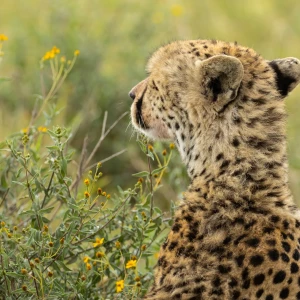


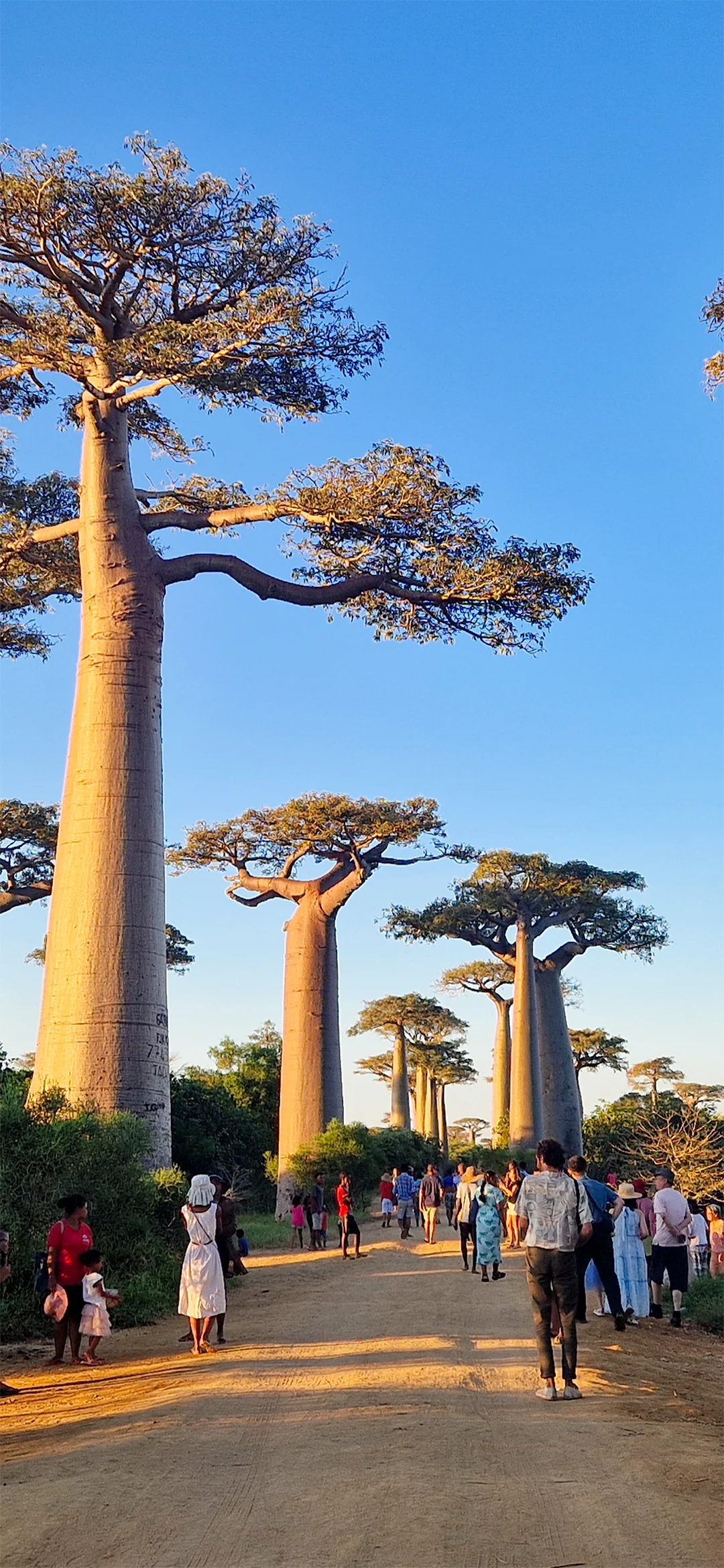
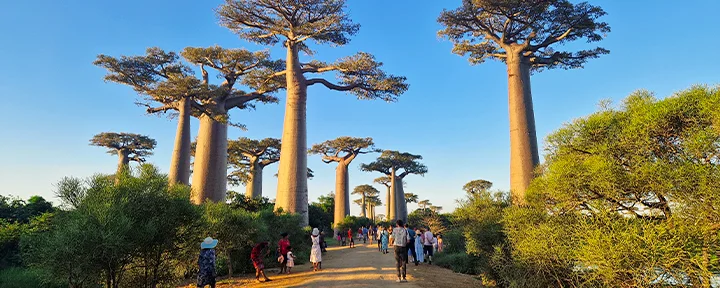

Does the thought of singing lemurs, ancient baobab trees, and a beach holiday on a magical Madagascan island capture your imagination? Then this tour is just for you.
Your adventure begins in Madagascar’s fascinating capital, Antananarivo. Here, you’ll cross paths with kings and queens and uncover stories from the country’s rich history before you set off for Andasibe-Mantadia National Park.
High up in the treetops, lemurs serenade the morning as you wander with a local guide. Frogs, chameleons, and stick insects await on the forest floor, and the curious trees are unlike anything you’ve seen before.
After a true road trip across Madagascar’s ever-shifting landscapes, another side of nature awaits you: the mighty, ancient baobab trees near Morondava.
Finally, you can wash off your travel dust with a dip in the warm, turquoise waters of the beach island Nosy Be in northern Madagascar.
Today you will depart from your selected airport, with connecting flight(s) along the way. Your journey will take you to the incredible island of Madagascar, the great red island set in the Indian Ocean.
Upon arrival in Madagascar, you will be met by our local partner, who will assist you with currency exchange. If you would like to purchase a local SIM card, this can also be arranged at the airport.
You will then be transferred to your hotel. You’ll spend your first night in the capital, Antananarivo, before the adventure begins tomorrow.
Most people associate Madagascar with its iconic lemurs, but the country also boasts a rich and diverse history that you’ll delve into today.
You may know that Madagascar was once a French colony and that it is now a republic. But are you familiar with the stories of the many kings – and particularly the queens – who once ruled over the island?
Among the most famous is Queen Ranavalona I, who reigned from 1828 to 1861. She was also known as “the mad queen”, and you’ll hear much more about her dramatic story when you visit the Queen’s Palace. Here, you’ll also discover more about the island’s last monarch, Queen Ranavalona III, who was exiled following the French invasion at the end of the 19th century.
Although the site is named after the queen, Madagascar’s first king, Andrianjaka, also plays a significant role here. He founded Antananarivo in the early 1600s and belonged to the Merina people – an ethnic group with deep roots in the highlands around the capital. Through strength and strategy, he defeated his rivals and set about building his kingdom. By the end of the century, the city had been named Antananarivo.
In 1787, through cunning and political finesse, King Andrianampoinimerina of the Merina succeeded in uniting the land and became the first ruler of all of Madagascar.
The palace sits atop the city’s highest hill, offering stunning views over Antananarivo – an experience in itself. Lunch is enjoyed at a local restaurant in town, and in the afternoon, you’ll have time for a bit of shopping or simply to unwind after your journey.
After breakfast, you’ll leave the hotel and soon head out of the city.
You may have already noticed yesterday: there are very few bare patches of ground in the landscape. Even quite close to the centre of Antananarivo, you’ll spot rice paddies, and today, as you journey out of the city, it becomes even more apparent: wherever there’s a spare bit of land, rice is cultivated. There’s a reason for this – Madagascar’s people are known for having one of the highest rice consumptions in the world.
The roots of rice cultivation here trace back to the Merina people, who originally came from Southeast Asia. Over a thousand years ago, they are believed to have arrived in Madagascar – most likely in dugout canoes – bringing rice with them. They settled in the highlands and transformed mountain slopes into terraces for rice farming – a landscape that often brings Bali to mind.
The further east you drive towards your destination for the day, the more the scenery begins to change. The hills gradually transform into mountains, the forests grow denser, and the road winds its way through the lush landscape in a series of sharp bends.
You’ll have lunch along the way – you’ll have brought a packed lunch with you in the car.
Later in the afternoon, you’ll arrive at Andasibe-Mantadia National Park, where you will check in at your hotel, which will be your base for the next two nights.
It was the French who, back in 1970, took the initiative to protect the local forest by establishing the Analamazoatra Special Reserve. Then in 1989, Mantadia National Park was set up right next door, and today, both areas are collectively known as Andasibe-Mantadia National Park.
The rest of the day is yours to enjoy the verdant nature and peaceful atmosphere surrounding the lodge.
One of the true highlights of any tour to Madagascar is undoubtedly a close encounter with its intriguing lemurs. Lemurs are entirely unique to Madagascar, and many of the species are now endangered. Even so, you’ll have a very good chance of spotting these remarkable creatures in the wild during your Madagascar tour, and Andasibe-Mantadia National Park is among the very best places to experience them in their natural habitat. This is home to, among others, the largest of them all – the indri-indri, often simply called the indri – and here you’ll have an especially good chance of seeing this impressive species.
The day begins early, as it’s at sunrise that you will set off into the national park. Accompanied by a local guide and an experienced spotter, you’ll move quietly through the forest in search of lemurs.
More often than not, you’ll hear the indris before you spot them. Their distinctive call—a mixture of song and wailing—can carry for up to five kilometres, lending the morning a truly otherworldly atmosphere. It almost feels as if they’re gathering the group after the night’s calm, affirming one another’s presence. The sound resonates right through you.
With a bit of luck, the spotter will soon locate a group of indris, at which point you’ll venture deeper into the forest to observe them in their element. They’re usually high up in the trees, although the younger members of the group sometimes leap playfully among the lower branches.
The national park is also home to many other fascinating species. You might be lucky enough to catch sight of everything from bamboo lemurs, sifakas, and brown lemurs to vibrant chameleons and a wealth of birdlife.
By midday, you’ll return to the hotel for lunch. The rest of the afternoon is yours to enjoy as you please—perhaps take a dip in the pool, unwind, or go for a leisurely stroll in the lush surroundings.
As evening approaches, it’s time for another guided walk through the forest. This time, the spotlight is on the park’s smaller inhabitants: frogs in every colour imaginable, stick insects, birds – and whatever other fascinating creatures you encounter in this rich and varied natural environment.
The day will draw to a close with a delicious dinner, before you can look forward to a peaceful and much-deserved night’s sleep.
Over the next couple of days, you’ll truly need to summon your spirit of adventure.
You’re about to embark on a genuine road trip through Madagascar’s beautiful landscapes. Bring along a good dose of patience: the roads aren’t always in the best condition, and even when they are, traffic can easily be delayed by oxcarts, bicycles, or perhaps an old lorry broken down at the roadside. There are no motorways – in fact, there aren’t many roads at all, so there’s rarely a quick shortcut. The locals have a saying: ‘mura mura’ – just take it easy – things move at their own pace, but it will all work out in the end. If you’ve travelled in East Africa before, you might recognise the same sentiment: ‘pole pole’, as it’s called in Swahili.
Your destination today is the city of Antsirabe, located around a 5 hours’ drive south of Antananarivo. The first stop on today’s journey is in the capital itself, where you’ll enjoy lunch before continuing south towards Antsirabe.
The route takes you through the central highlands, a landscape carpeted with rice fields and stunning rice terraces. Glance down into the valleys and you’ll see even the tiniest patches of land have been transformed into rice paddies, intricately irrigated by carefully dug channels that carry the all-important water. It’s often said that the Malagasy are among the world’s keenest rice eaters, and you’ll soon discover that rice here is so much more than just rice – it’s a real art form in itself.
Zebu cattle can be seen everywhere you go. They resemble the distinctive Indian cows, complete with a large hump on their backs, though in Madagascar, zebu are not considered sacred as they are in India. Eating zebu is perfectly normal here – and it tastes fantastic.
Later in the day, you’ll arrive in the city of Antsirabe, which was founded by Norwegian missionaries at the end of the 19th century. They taught the local people how to make bricks, a skill that proved useful for the French during the colonial era. As a result, several prominent buildings were erected – hotels, a post office, a cathedral, and the magnificent railway station.
You will enjoy dinner at your hotel and spend the night in Antsirabe.
The day begins early, as you have a long drive ahead of you. Your destination is Morondava, located on Madagascar’s west coast, and today’s journey will take you directly there in one stretch. We have deliberately arranged it this way to ensure you reach your next big experiences as swiftly as possible. On your return journey along the same route in a few days’ time, the pace will change – with stops and an overnight stay en route. That’s definitely something to look forward to.
Although it’s a long day, it’s also one of exceptional beauty.
From Antsirabe, you’ll head west through small villages and a rolling landscape of green hills and open vistas. After the rainy season, everything is lush and vibrant – in some places, it almost resembles Ireland – but as the dry season sets in, the hills are transformed to golden-brown hues. To be completely honest, the road isn’t in the best condition… so progress will be gentle, which gives you plenty of time to appreciate the ever-changing scenery and the many charming villages you’ll pass through. And rest assured – your vehicle is well suited to the journey.
About halfway through your journey, you’ll reach the small town of Miandrivazo. The name means “waiting for the princess”, and there’s a charming little story behind it – ask your guide if he knows the tale and would be willing to share it with you. Here, you’ll also make a stop for lunch before continuing your journey westward.
Shortly after leaving Miandrivazo, you’ll cross the Tsiribihina River – one of the largest and most significant rivers in western Madagascar. The river is a lifeline for the people, animals, and plants of the region.
Beyond the river, the landscape gradually flattens out again and the rice paddies reappear. As soon as you spot the first baobab trees rising on the horizon, you’ll know that Morondava is drawing near.
This is where you’ll spend the next three nights.
After yesterday’s long drive, it’s time to catch your breath and relax. Today is devoted to peace and tranquillity. You can enjoy a lazy morning, take your time over breakfast, and indulge in a gentle stroll along the beach. Now you’ll truly feel that the most demanding driving day of the tour is finally behind you.
Morondava is famed for its wide, pale sandy beach, but although it looks every bit the classic paradise, it’s not your typical beach holiday destination. The town’s location at the river mouth makes the sea water silty, while the muddy seabed renders swimming rather unappealing. However, for anyone who loves seafood, it’s a real haven. Local fishermen haul in fresh catches every day, served up in the town’s cosy little restaurants—delicious and as fresh as it gets.
But the real draw, and the reason travellers undertake the long journey to Morondava, lies just outside the town: the iconic Avenue of the Baobabs. Around 20 kilometres north of Morondava, a handful of colossal baobab trees rise up on either side of a dusty track. Some are as old as 800 years, standing like dramatic sculptures with their bare, ghostly branches. The trees shed their leaves in the dry season to conserve moisture, which only makes their striking, graphic appearance all the more distinctive.
During the day, the road merely serves as a local connection between the villages. But as sunset approaches, something magical happens. A little café pops up, a guard keeps an eye on the passing traffic, and visitors begin to gather. You might wonder: can 20 trees at sunset really be so captivating? The answer is a resounding yes. When the sun dips below the horizon and the baobabs appear as dark silhouettes against a sky painted pink, purple, and orange, it’s truly moving. It’s one of those rare moments when you simply have to be present and let everything else fade into insignificance. Even the mosquitoes are easy to forget.
As night falls, you’ll head back to Morondava, where dinner will be waiting for you.
Baobab Alley is far from the only highlight in this western part of Madagascar.
Today, you’re off to another of the tour’s main attractions: the Kirindy Reserve, renowned for its distinctive forest and unique wildlife. You’ll be leaving Morondava early in the morning, following the road north—the very same route that takes you through Baobab Alley. By daylight, the trees look quite different, and there tends to be fewer visitors than at sunset. This gives you a wonderful chance to capture the majestic baobabs in peace and quiet.
The journey to Kirindy takes a few hours, depending on the road conditions, and along the way, you’ll pass through a handful of small villages. The rest of the route leads you through forested areas. You’ll now find yourself in one of Madagascar’s best-preserved dry deciduous forests. This woodland is not only important on a local scale but also plays a key role in preserving the country’s overall biodiversity. Although the forest is seriously threatened by deforestation, determined efforts are underway in Kirindy to conserve and restore this delicate ecosystem. The local community is actively involved, backed by support from several international organisations.
Nearly 95% of the plant species in this forest can’t be found anywhere else on Earth, creating a truly unique habitat for a diverse array of wildlife. One of the most sought-after sightings in Kirindy is the fossa – Madagascar’s largest predator. This fascinating and elusive creature looks like a cross between a cat and a mongoose. Kirindy is one of the few places in Madagascar where you have a genuine chance of spotting a fossa in the wild. Your best chances are during the mating season in October and November, but with a bit of luck, encounters are possible throughout the year.
The forest is also home to eight different species of lemur. Among them is the world’s smallest primate, Madame Berthe’s mouse lemur, measuring just around 9 cm. Spotting one is a real challenge and requires both sharp eyes and a good dose of luck. In contrast, sifaka lemurs are much easier to see. They’re active during daylight hours and highly territorial, so the guides are often successful in tracking them down for you. You may also be lucky enough to spot chameleons and frogs – and often, you’ll have these encounters almost to yourself, with very few other tourists around.
On your way back to Morondava, you’ll once again pass the iconic baobab trees. And if you time it right, you might just enjoy another magical sunset to add to your memories.
After a few adventure-filled days on Madagascar’s west coast, it’s now time to make your way east. Parts of the route will already be familiar, but unlike your outbound journey to Morondava, your return is split into two legs. The first stop is the small town of Miandrivazo — the same place you paused for lunch a few days ago. This time, it’s also where you’ll spend the night.
Upon arrival, you’ll check in at a local hotel, where lunch will also be served.
In the afternoon, you’ll enjoy a relaxed and atmospheric boat trip along the Tsiribihina River, which has become a familiar sight by now. This is your chance to experience the scenery from the water, getting a closer look at local life along the riverbanks — a wonderfully soothing contrast to the overland driving of previous days.
Your day will end with dinner and a one-night stay in Miandrivazo, before your tour continues the following morning.
The drive from Miandrivazo to Antsirabe takes just over 6 hours. Before reaching Antsirabe, you’ll visit the stunning blue-green crater lake, Tritriva, with time set aside for lunch as well.
Swimming is not permitted in this beautiful lake – the reasons are surrounded by various legends. One of the best-known tales tells of two lovers who, forbidden to be together, chose to throw themselves into the lake in order to be united in death. It is said their spirits now watch over the waters – making it, incidentally, one of the deepest lakes in all of Madagascar.
Upon arrival in Antsirabe, another dinner awaits you, followed by another overnight stay in the town.
After breakfast, you’ll set off for the capital, Antananarivo, where you’ll spend one night. The afternoon is yours to spend as you wish – perhaps ask your guide for advice if you fancy shopping for souvenirs.
Breakfast will be served at the hotel. There are several flights to Nosy Be each day, though times may vary. You’ll be collected well before your flight to the airport, from where you’ll journey to the enchanting island of Nosy Be in the Indian Ocean.
Nosy Be is a true tropical paradise. Here, you won’t find any international hotel chains or modern shopping centres. Instead, you’ll be greeted by an authentic, local atmosphere on this 320-square-kilometre island – with little villages, colourful fishing boats lining the coast, and a lively mix of tuk-tuks, bicycles, cars, and donkey-drawn carts weaving through the streets.
Most hotels are located along the west coast, where the island’s most beautiful beaches can be found, and this will also be your base. The next few days are all about unwinding, but if you’re eager for more adventures, there’s plenty to discover.
Remember, it’s easy to extend your stay on Nosy Be – simply have a chat with your travel specialist if that sounds tempting.
Your days on Nosy Be are entirely your own, so you’re free to spend them as you wish. Perhaps the pool and the beach hold the most appeal, but if you’re seeking more experiences, there’s a wealth of options waiting for you.
Catching a sunset from Mont Passot, the island’s highest point, is an absolute must – the views across the island and the surrounding crater lakes are nothing short of spectacular.
If you still haven’t had your fill of lemurs, you can take a day trip to the Lokobe Reserve in the south-eastern part of the island. Here, you’ll glide through the water in a traditional pirogue and experience lush rainforest and fascinating wildlife up close.
Nosy Be is also famous for its scent – quite literally. The island produces large quantities of ylang-ylang, which is used in perfume, and you can get a first-hand look at the production process by visiting one of the small distilleries.
And don’t miss a visit to the island’s main town, Hell-Ville. Though the name may sound dramatic, the town is actually named after the French governor Anne Chrétien Louis de Hell – who, incidentally, was not a woman. Here, you’ll encounter a captivating blend of old colonial buildings, beautifully restored houses, bustling markets, and modern souvenir shops. If you’ve ever visited Stone Town in Zanzibar, you might recognise the vibe – raw, vibrant, and brimming with character.
It’s time to bid farewell to your holiday paradise – unless, of course, you’ve chosen to extend your stay on Nosy Be.
You’ll be driven to the airport and fly back to the capital, Antananarivo, where a driver will be waiting to meet you and take you to your hotel. Here, you’ll spend one final night before it’s time to begin your journey home.
If you’ve still got some energy left, you can spend your final hours in Tana exploring the city’s vibrant markets, taking in the view from the old royal palace or enjoying an evening drink at one of the city’s atmospheric restaurants overlooking the skyline. Tana may seem chaotic at first glance, but it really does have a charm all of its own – especially if you give it a chance.
The Madagascar adventure has come to an end. In good time before your departure, you’ll be collected and driven to the airport.
You’ll land at your selected airport after an unforgettable tour.
|
|
Special offers for groups of 6 or more people. Request a quote today for more info.




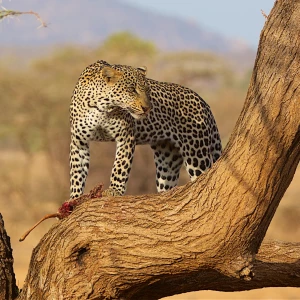

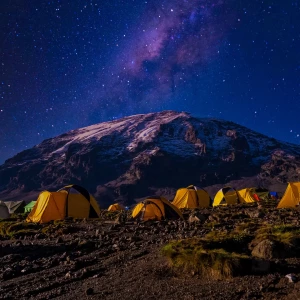

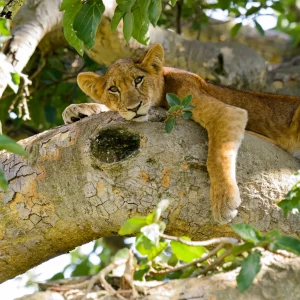

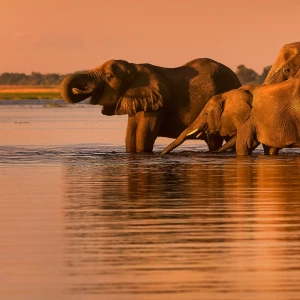



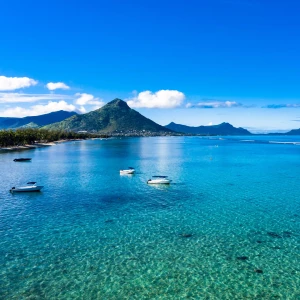

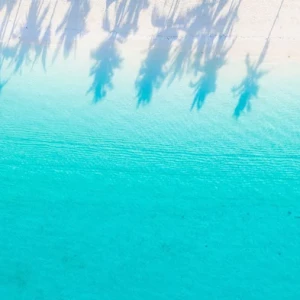



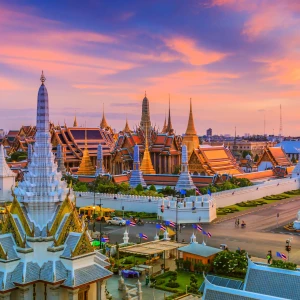

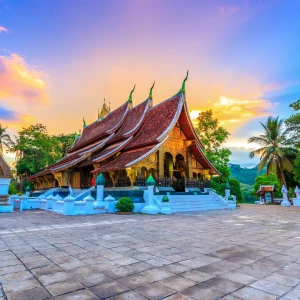

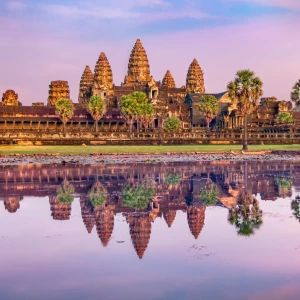

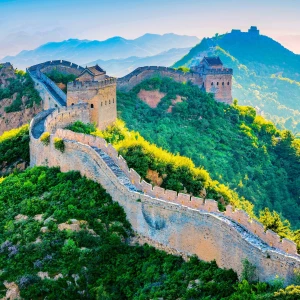

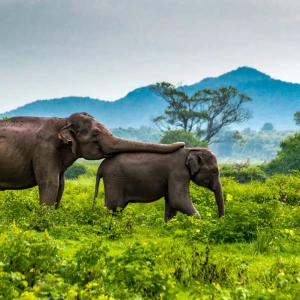

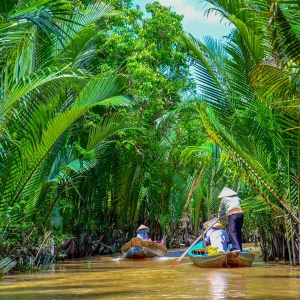

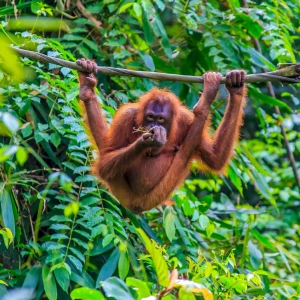



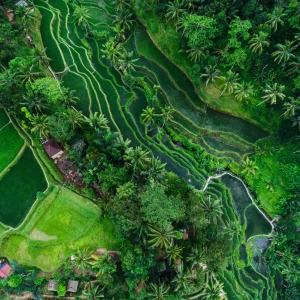

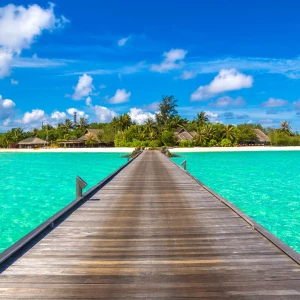



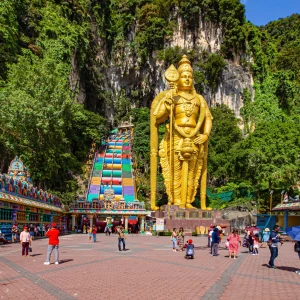

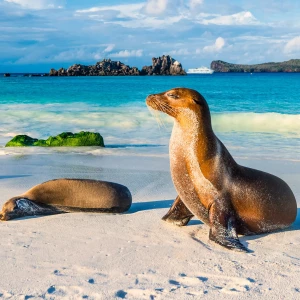

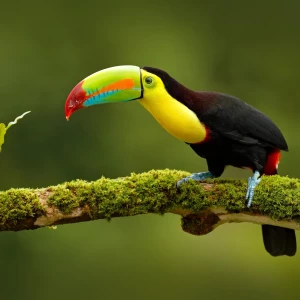

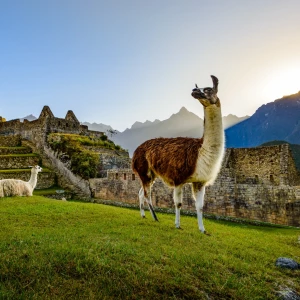

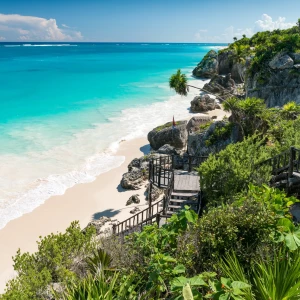

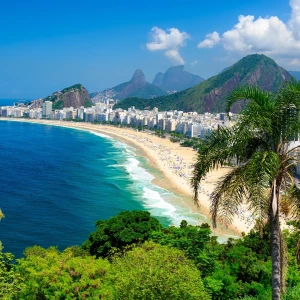

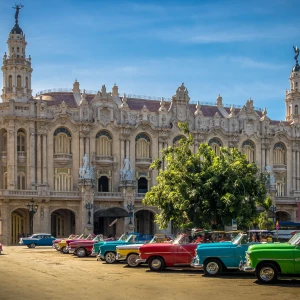

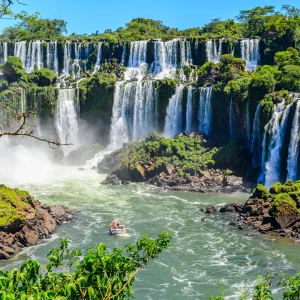

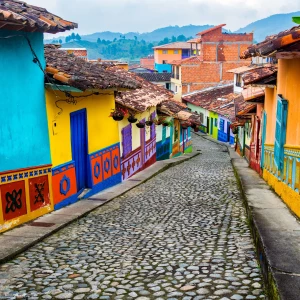

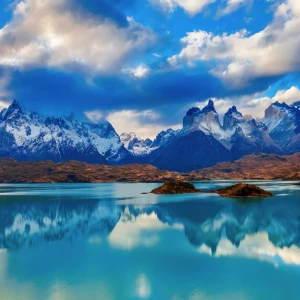

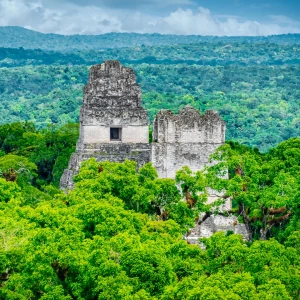

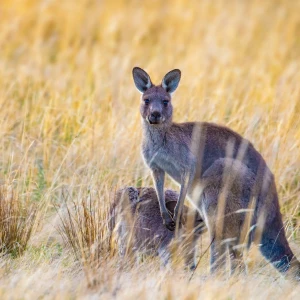

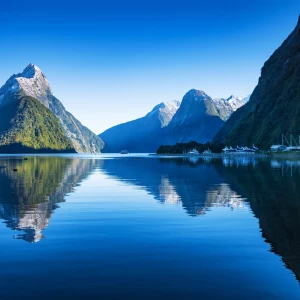

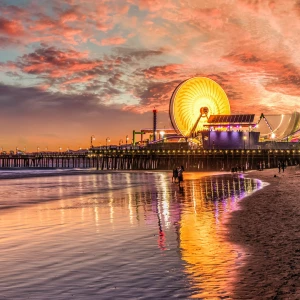

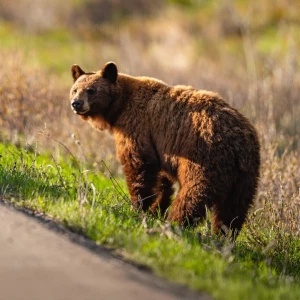


Catriona is passionate about helping other people fulfill their travel dreams, as she knows how much travel has only improved her life for the better!
We know your time is precious. That's why we strive to provide personalised, attentive service to ensure your comfort and safety throughout your tour. From the moment you book to the moment you return home, we’re here to handle every detail with the utmost care.
We offer a diverse array of destinations, each promising its own unique story, shaped by its local cultures, fascinating wildlife, and natural beauty.
We design every tour based on the extensive research and first-hand experiences of our travel specialists and experts. Each tour is crafted to showcase the best each country has to offer.
With us, you can rest assured; your journey is in safe hands. We are ATOL certified and a proud member of ABTA, maintaining rigorous standards of quality and service to ensure your complete peace of mind.